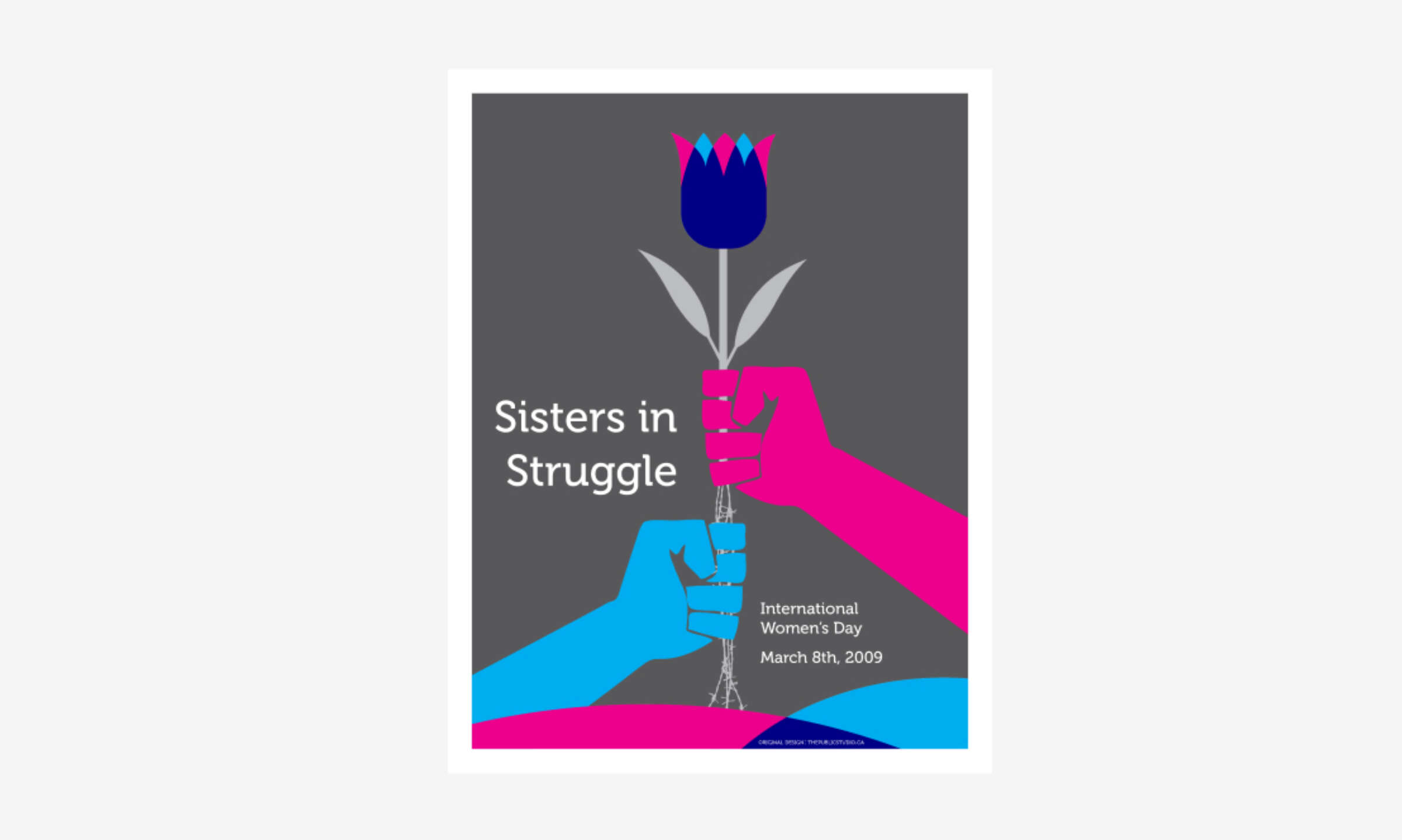International Women’s Day
The global violence faced by women and girls is deeply rooted in patriarchy which rests upon broader systems of capitalism and colonialism. This historical and ongoing oppression plays out in many aspects of our daily lives: it affects our access to economic security, body sovereignty and civic engagement. It results in ongoing and systemic forms of sexual violence and physical and emotional abuse and sends a clear message that our lives are valued less than those of our cis-gendered male counterparts.
Often, the need for our shared and continued struggle is negated by token gestures of equality: bringing in more women to be the face of racist governments, legalizing abortion on-paper while continuing to limit access safe sites. This is not what equality looks like.
In the face of violence, and continued attacks on feminist movements, women and girls resist. The first International Women’s Day was observed in the U.S. in 1909 and every year since, the movement has grown and spread. The day is one of solidarity: one in which all women (Indigenous, racialized, trans*, sex workers, (dis)abled, queer, working class/poor) can reflect on our shared struggles, and the ways in which our complicated and intersecting identities affect us individually.
From this reflection and unity comes strength and power. Every year, we march, and every year, we challenges ourselves and the systems around us to change. As we take to the streets, around the world, we call for an end to patriarchy and re-imagine a world in which all women and girls are free.

How do you want to change the world and how can we help?
Let’s Connect